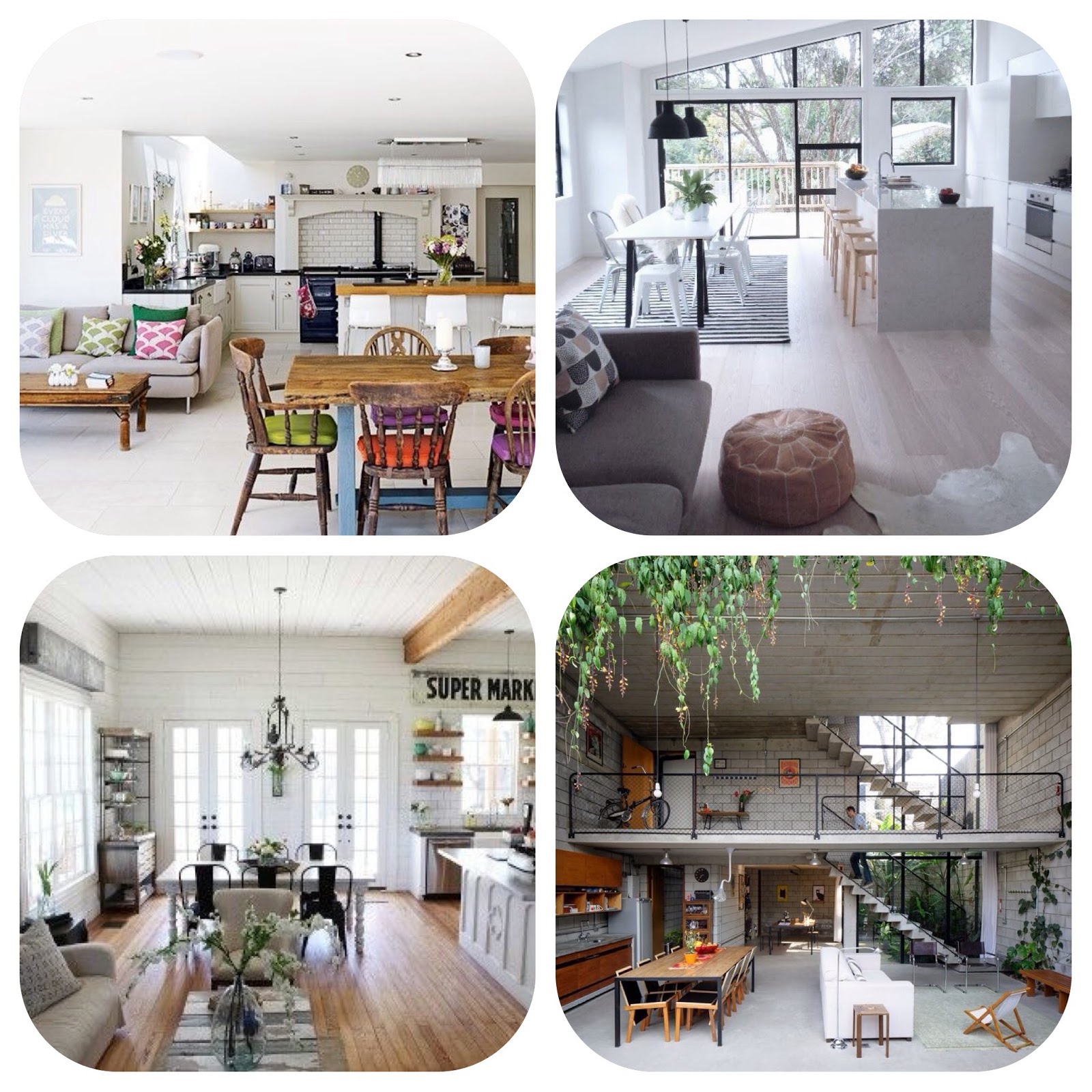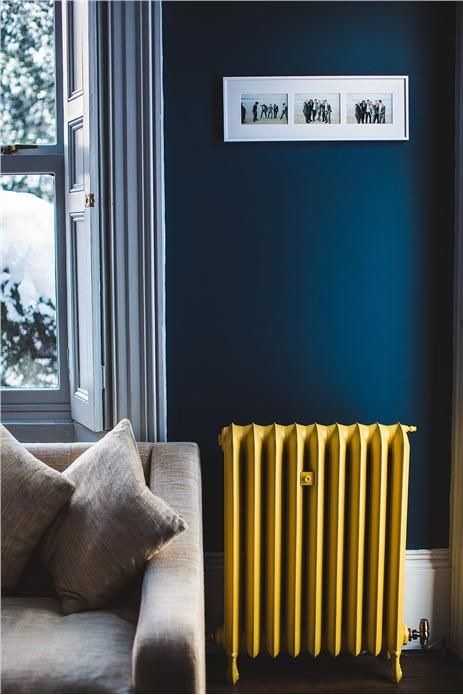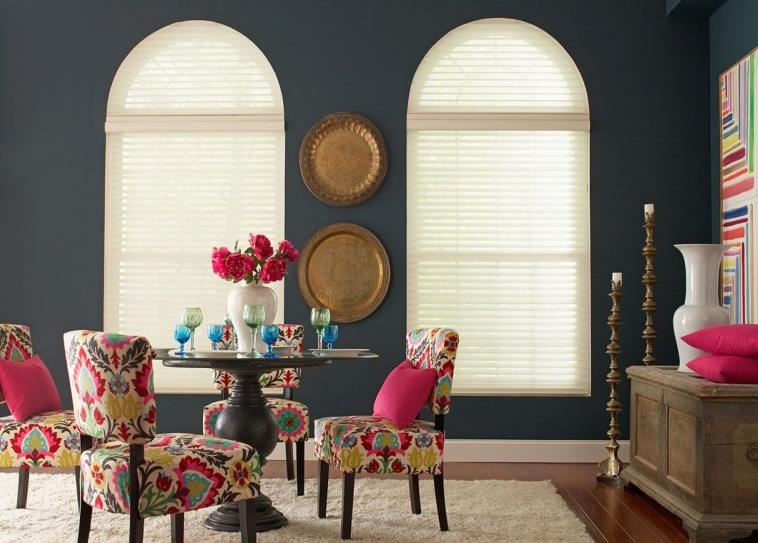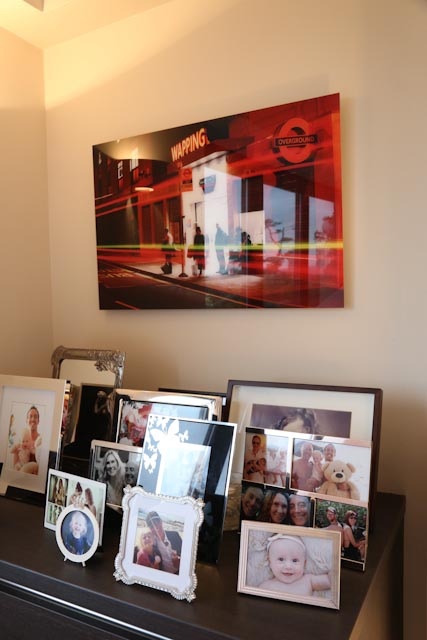The End of Open-plan Living?

Open plan. It's a term we've all become so familiar with, I'm not even sure when it properly started becoming fashionable. TV shows about property improvement seemed only to re-inforce the idea of knocking down walls and opening up your kitchen/dining room/living area into 1 big space. Walls = bad. Open plan = good. However, the pressures of family life and the ready availability of technology appear to be driving a change in how we live.
Open plan living was once sold as a dream, as the ideal a homeowner should aspire to. And boy was it such a good one. Born from the ambition to create the appearance of space in ever-increasingly cramped modern living conditions, it represented the perfect family idyll: A parent could be cooking dinner while able to keep an eye on a child playing, someone working from home could still be part of family life, a couple could be pottering in the kitchen while watching tv or entertaining guests.... It meant all members of the household could stay connected at most times of the day. In theory, this is a wonderful state, no-one missing out, everyone sharing the space and going about their business interdependently.
In practice however, it can be quite stifling. It forced some people out of the communal areas into their bedrooms if they felt they needed some time away from the hustle and bustle of every day life. It meant that the parents sitting down to dinner together would not be able to speak without also listening to the film/music/tv programme their children were watching. Those entertaining guests might not want them to see the build-up of dirty pans and plates (or the packet food they were just about to open and palm off as 'home-cooked'). The reality can be far too intense. There is no-where to escape to, no-where to retreat for some peace and quiet or just a change of scene.
Add to the above the boom in technology. Most members of each household have 1 or more of the following: an iPad, personal computer, sophisticated mobile phone, ipod, kindle, gaming device... Everyone needs somewhere to read/watch/play and indulge in their technological hobbies/interests. If all of this was going on in one room, there would be a lot of noise. Those wanting to read wouldn't be able to concentrate. Those needing to work wouldn't be able to focus. Those watching/talking wouldn't be able to do so without turning things down.
So what's the answer? Does it mean we'll all become more anit-social? Is it good thing?
No, this doesn't mean the end of family time or of living communally. It's much more complicated than that and not simply a tug of war: open plan living vs independent rooms. Mary Duggan, one of the RIBA House of the Year judges has suggested more of a compromise:
"Broken-plan is a term we are using a lot at the moment," she said. "It deliberately challenges open-plan living, encompassing all family activities and allowing them to function in tandem."
Broken-plan describes a property which has a free-flowing layout, but with separate rooms, such as snugs, to which family members can retreat.
For example, the Stackyard House in Norfolk by Mole Architects keeps its living room separate from its kitchen and dining room, and also has a separate study:
The Flint House in Buckinghamshire by Skene Catling de la Pena has rooms which are loosely divided and also includes a separate study and library:
Private spaces are vital to this new layout, little nooks you can hibernate to. But equally it's important to recognise the benefits of incorporating some open-plan into your homes.
Duggan continued: "But there is still a demand for grand kitchen and dining spaces, featuring large countertops well-suited to entertaining large numbers of guests. The idea of having big theatre rooms where families can cook and eat and talk are a constant part of the sequence," she added.
Broken-plan living then is about flexibility. It means that as your family grows and changes, you have the living space and living areas which can also adapt to suit these changes. It means there are areas for work, for family members to indulge their interests, use technology without disturbing others, while still offering a communal space for all to gather. In order to achieve this, architects are not only using separate rooms, but also incorporating split levels and sliding partitions.
If you're reading this in your open plan kitchen/living area and you want to include a bit of broken plan into your space, you can still create that same sense of division and intimacy with clever room dividers, glass partitions or changing furniture layout.
And if that's still not enough, perhaps it's time to put back the walls.
beautiful foundations claims no credit for any images posted on this site unless otherwise noted. Images on this blog (beautiful-foundations.com) are copyright to their respectful owners. If there is an image appearing on this blog that belongs to you and you do not wish for it to appear on this site, please contact me with details of which image you refer to and it will be promptly removed. Any image on this site is here because it is thought to be beautiful.









